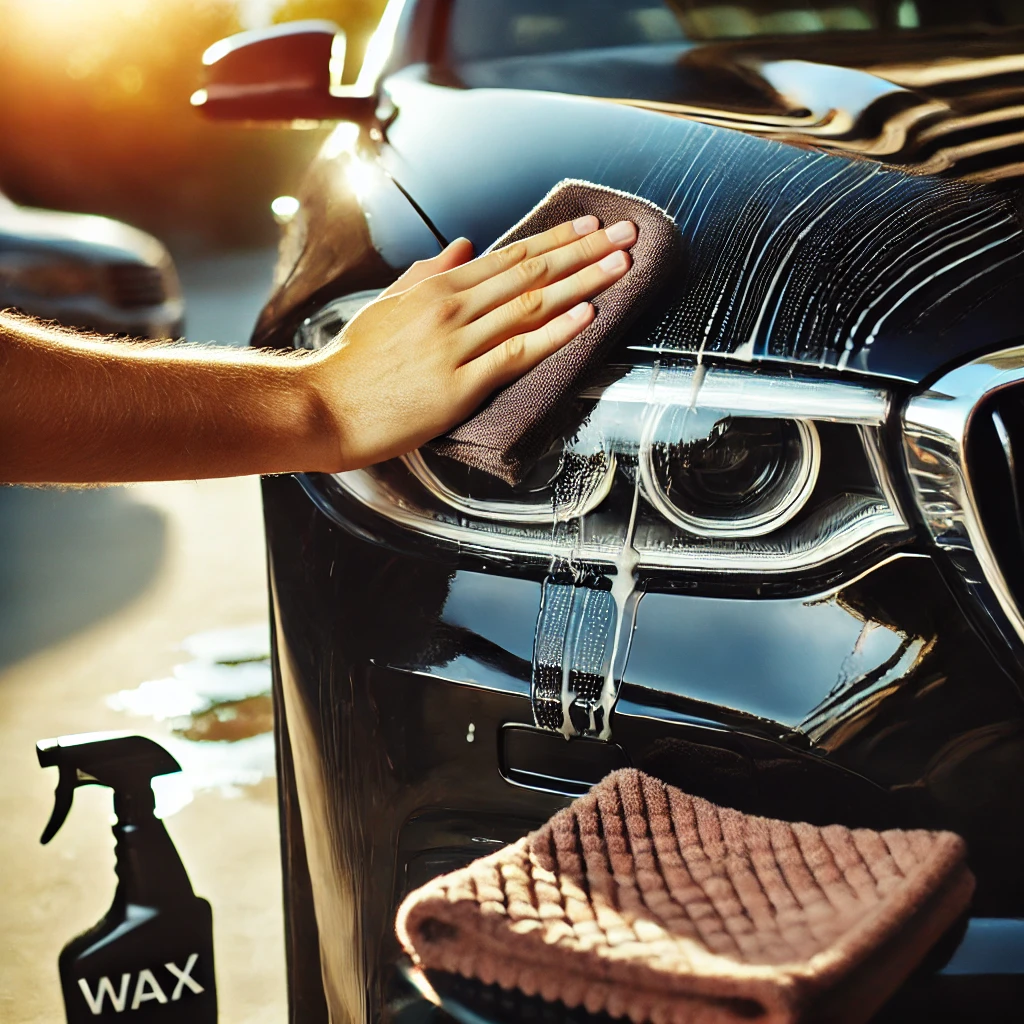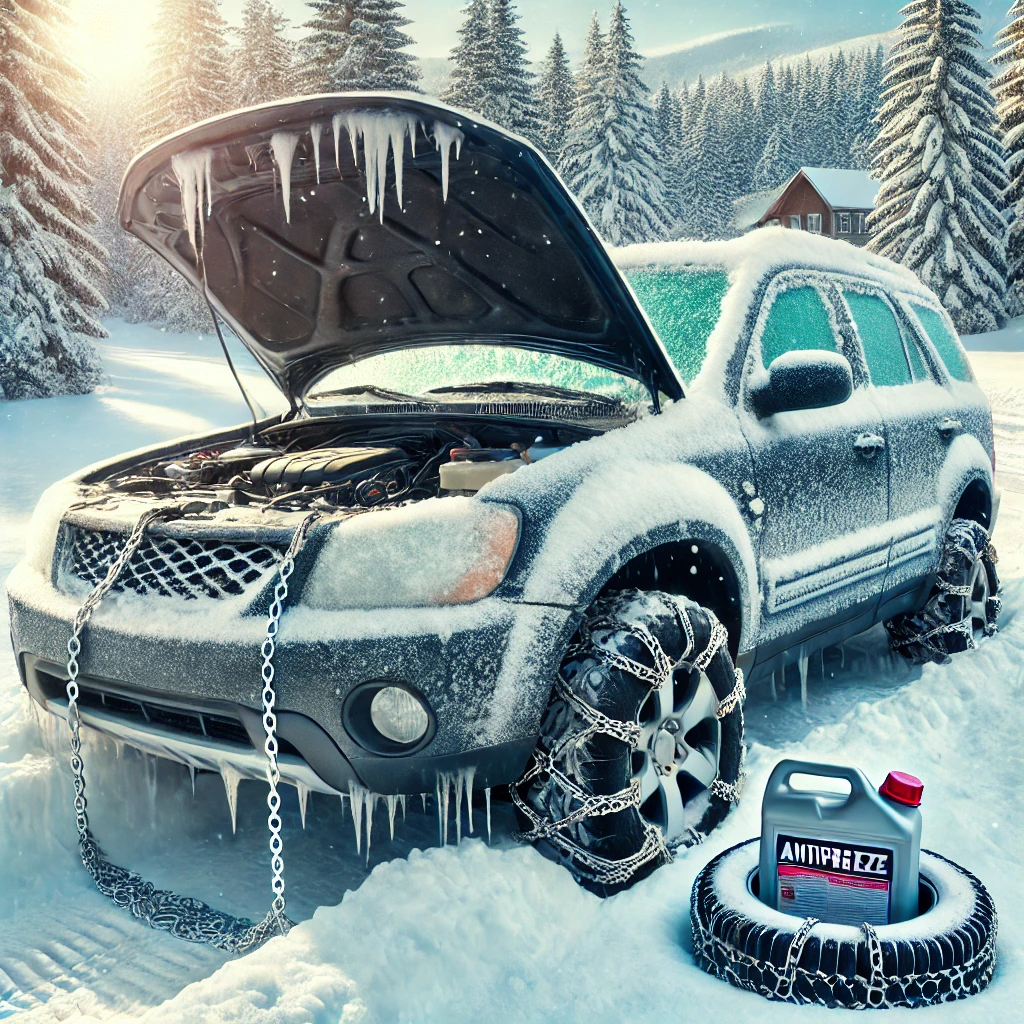Maintaining your car’s paint and exterior is essential to preserving its appearance, value, and longevity. With constant exposure to environmental hazards like the sun, rain, dirt, and road debris, your vehicle’s paintwork can quickly deteriorate if not properly protected. A well-maintained exterior not only keeps your car looking sharp but also provides a buffer against wear and tear. In this article, we’ll explore comprehensive methods and techniques that will help you protect your car’s paint and exterior for years to come.
Understanding the Value of Car Paint Protection
Car paint isn’t just about aesthetics; it serves a practical purpose in safeguarding the metal body beneath. Without proper protection, paint can oxidize, peel, and expose the underlying materials to rust and damage. By regularly caring for your car’s exterior, you ensure it remains resilient to both visible and invisible threats.
Effects of Environmental Factors on Your Car’s Exterior
Environmental factors like UV radiation, acid rain, bird droppings, tree sap, and road salt can wreak havoc on your vehicle’s exterior. UV rays, for example, can fade and degrade paint over time, while bird droppings and tree sap can cause etching if left unattended. Addressing these issues early is key to maintaining the pristine condition of your car.
Regular Washing: Your First Line of Defense
Keeping your car clean is the easiest and most effective way to protect its paint. Dirt, grime, and contaminants can slowly eat away at the paint surface, leading to scratches and dullness. Regular washing helps to remove these damaging elements before they have a chance to settle and do permanent harm.
Using the Two-Bucket Washing Method to Minimize Scratches
One of the most popular techniques for washing cars is the two-bucket method. This method involves using one bucket for soapy water and another for rinsing the wash mitt. By rinsing the mitt regularly, you avoid reintroducing dirt and debris to the paint surface, which significantly reduces the risk of scratches.
Choosing the Right Car Shampoo for Better Results
Selecting the right car shampoo is crucial. Avoid using household cleaners like dish soap, as they can strip away wax and sealants, leaving the paint unprotected. Instead, invest in a pH-balanced, automotive-grade shampoo that’s designed to clean without damaging your car’s protective coatings.
Drying Your Car Without Damaging the Paint
After washing, drying your car is just as important. Improper drying methods can lead to swirl marks and scratches. To avoid this, always use a clean, soft microfiber towel designed specifically for automotive use. Microfiber towels trap moisture and gently remove it from the surface without scratching.
How Microfiber Towels Help Prevent Scratches
Microfiber towels are the gold standard for drying cars because of their soft texture and high absorbency. They reduce friction during the drying process, which helps minimize the chances of causing micro-scratches or swirl marks on your paint.
The Importance of Air Drying to Avoid Water Spots
Water spots form when minerals in water dry on the paint’s surface, leaving unsightly marks. To prevent water spots, either use a blower to air dry your car or ensure you wipe it down immediately after washing using a soft towel.
Waxing Your Car: An Essential Step
Waxing creates a protective barrier between your car’s paint and the environment. It seals the paint surface, making it easier to clean and preventing contaminants from bonding to the clear coat. Waxing also adds a glossy shine that enhances the overall appearance of your car.
Types of Car Waxes: Which One Is Right for You?
There are several types of waxes available, including natural carnauba wax, synthetic wax, and hybrid waxes. Each has its own set of benefits. Carnauba wax provides a deep, rich shine, while synthetic wax lasts longer and is more durable. Hybrid waxes offer a balance of both.
How Often Should You Wax Your Car for Optimal Protection?
While waxing frequency depends on the wax you use and driving conditions, a general rule of thumb is to wax your car every 2-3 months. Regular waxing ensures your car is continuously protected against the elements, especially in harsh climates.
Ceramic Coatings: A Long-Term Paint Protection Solution
For those seeking more durable protection, ceramic coatings have become increasingly popular. These coatings bond with the paint at a molecular level, creating a hydrophobic layer that repels water, dirt, and grime. Ceramic coatings can last for years, significantly reducing the need for frequent waxing.
Benefits of Ceramic Coating Over Traditional Waxes
Ceramic coatings provide superior protection compared to waxes. They are resistant to heat, UV rays, chemical stains, and scratches. Additionally, their hydrophobic properties make it easier to wash your car, as contaminants don’t adhere to the surface as easily.
DIY Ceramic Coating vs. Professional Application
While there are DIY ceramic coating kits available, professional application is generally recommended for best results. Professional detailers have the experience and tools to apply the coating evenly and ensure that it bonds correctly with the paint. DIY kits can be more affordable, but mistakes can lead to uneven results.
Paint Sealants: What They Are and How They Protect
Paint sealants are synthetic products designed to protect your car’s paint for longer periods compared to traditional waxes. They form a tough barrier on the surface, offering protection against UV rays, acid rain, and other environmental contaminants. Sealants typically last up to six months or more.
Differences Between Paint Sealants and Ceramic Coatings
The main difference between paint sealants and ceramic coatings is longevity and the level of protection. While both offer excellent protection, ceramic coatings tend to last longer and provide better resistance against scratches and chemical etching.
How to Apply Paint Sealants Properly
Applying paint sealants is a simple process. After thoroughly washing and drying your car, apply a small amount of sealant to an applicator pad and spread it evenly across the surface. Allow it to cure for the recommended time before buffing it off with a microfiber towel.
Shielding Your Car from the Sun’s UV Rays
UV rays are one of the most damaging elements your car’s paint can face. Long-term exposure can lead to fading, cracking, and oxidation of the paint. Taking proactive steps to protect your car from UV damage is essential.
Using a Car Cover: Simple Yet Effective UV Protection
One of the easiest ways to protect your car from the sun is by using a car cover. Car covers provide an additional layer of defense against UV rays, bird droppings, and tree sap. They are especially useful if you park your car outdoors for extended periods.
Benefits of Parking in the Shade or Garage
Whenever possible, park your car in a shaded area or inside a garage. This reduces exposure to the sun’s rays, helping to preserve the paint and prevent interior damage from UV radiation. Investing in sunshades for your windows can also help protect your car’s interior.
Protecting Against Road Debris and Scratches
Everyday driving exposes your car to road debris, such as rocks, pebbles, and sand, which can cause chips and scratches in the paint. Fortunately, there are ways to minimize this damage.
You Can Also Read : How to Choose Between Electric, Hybrid, and Gasoline Cars
The Role of Paint Protection Film (PPF) in Preventing Rock Chips
Paint Protection Film (PPF), also known as a clear bra, is a thin, transparent film applied to vulnerable areas of your car’s exterior. PPF acts as a physical barrier, preventing rock chips and scratches from damaging your car’s paint. It is commonly applied to the hood, bumper, and side mirrors.




